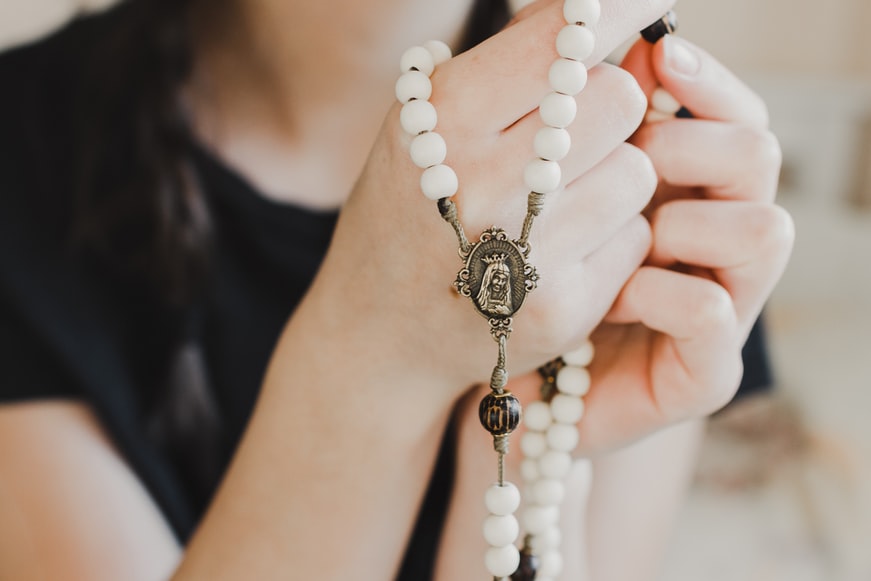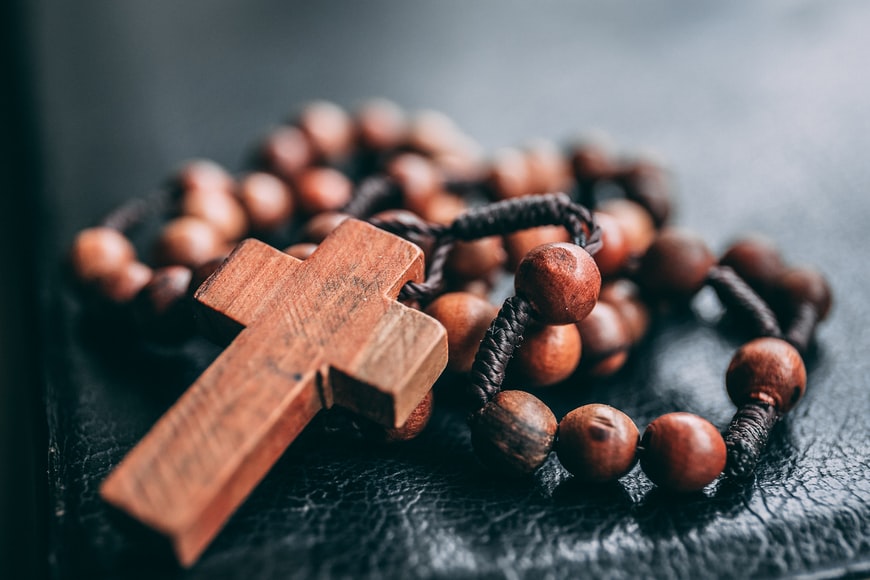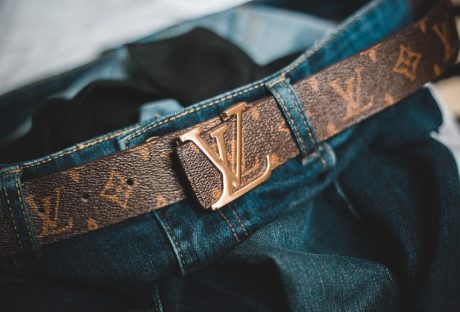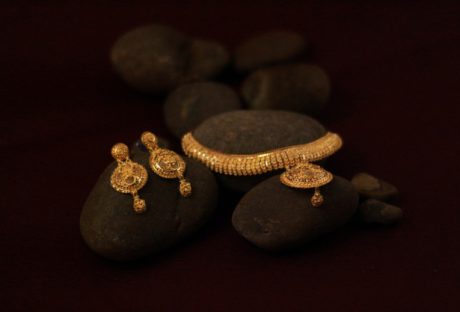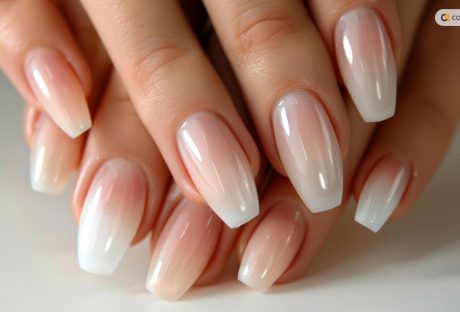If you are a devout Catholic who enjoys praying every day and needs a little help to gain some inspiration during your next prayers, you might consider using rosary beads. Rosary beads are typically used to help remember the order and the names of the prayers during your nightly or daily prayers.
If you are interested in learning about the various Catholic prayers, how to use rosary beads, or you simply want a unique Catholic piece of jewelry that you can wear to church, then browsing the various styles of rosary beads is the best move for you! For those who want to try different rosary beads to go with different outfits, occasions, or styles, then check out some of the most popular types of rosaries here.
5 different styles of rosary beads
There are different types of rosaries you can use with your prayers. The rosary beads are usually used to help people recite prayers and remember what they are going to say – however, you can purchase different types that work with your unique prayers, your faith, and your prayer schedule. Click here to see five different styles that are stylish, beautiful, and respectful.
Five Decades
The Five Decades rosary is a common purchase that is typically made of silver and black beads. This very popular rosary contains 53 beads for Mary, 6 beads that are used for the Our Father prayers, and One Father bead. This rosary bead can usually be used for Hail Mary Prayer, Our Father Prayers, and the St. Gertrude Prayer.
One Decade
The One Decade prayer is easier to carry with you since they are small and contain ways to clasp onto objects, such as your backpack, jacket, or purse. The One Decade rosary beads contain an Our Father cross and 10 Hail Mary beads. You can also use a looped One Decade roar bead that contains a medallion in the middle.
Chaplets
The Chaplets rosary beads are used for certain prayers that are said in a specific order. This chaplet rosary bead contains groups of 3 beads, with 9 beads representing a decade. The types of chaplet rosary beads include the chaplet chain and the chaplet rosary.
Rosary Rings
Rosary rings are different from rosary beads but are a unique style that can be ideal for men who do not want to wear a rosary necklace during their prayers. Rosary rings are used for devotion and contain nodules on the outside of the ring that comprises a decade.
Wedding rosary beads
The last type of rosary beads that you can purchase is wedding rosary beads, which are ideal for a gift for a newlywed or a soon-to-be wife or husband. These wedding rosary beads are also known as lasso and symbolize the union of marriage.
Conclusion
Rosary beads are an implant part of the Catholic faith. Since they are used to help people pray and remember the specific order of creation prayers, they are a useful tool in practicing your faith. There are various styles of rosary beads that work with different personality styles, clothing styles, occasions, and prayer sets.
Read Also:













